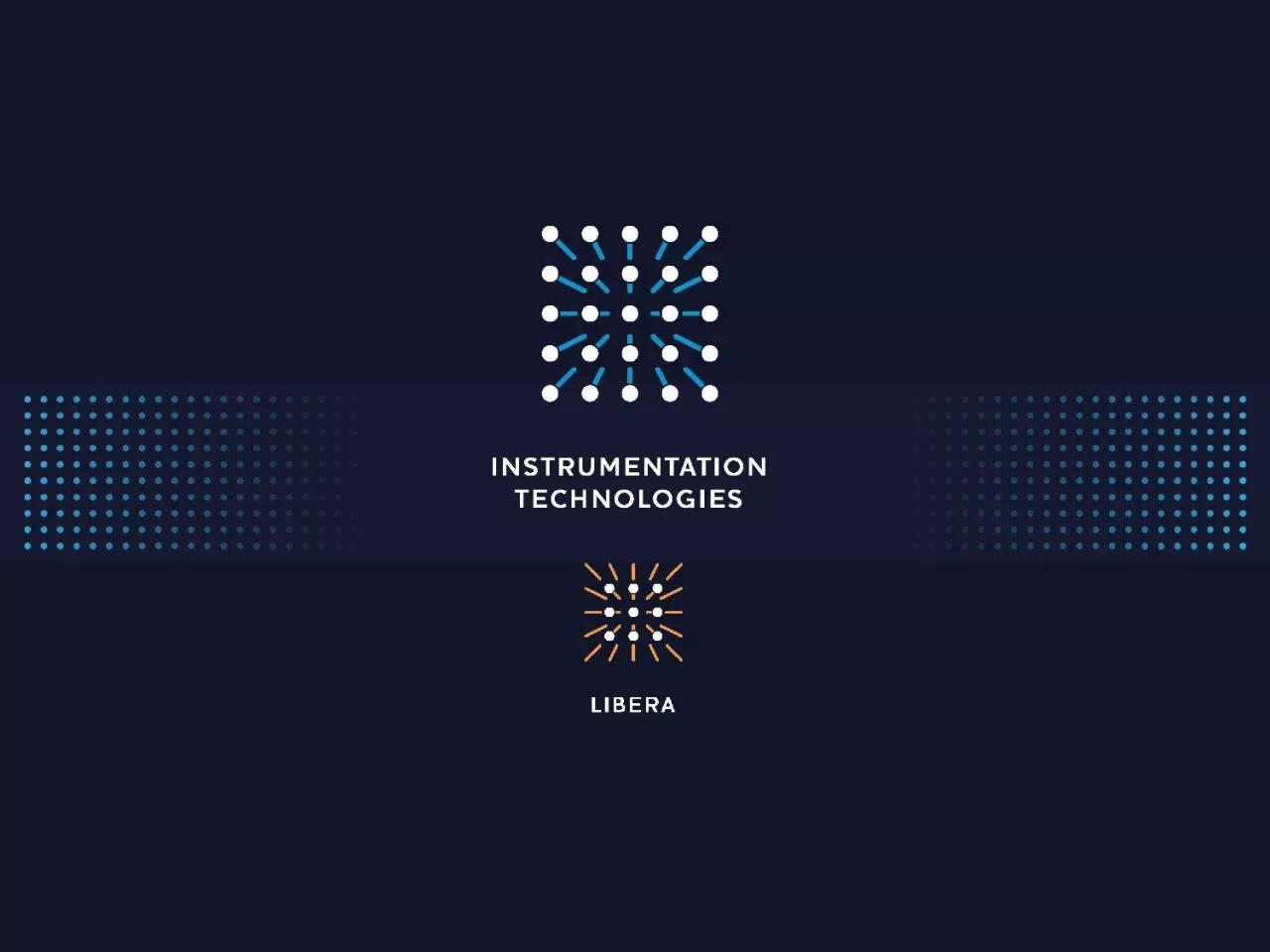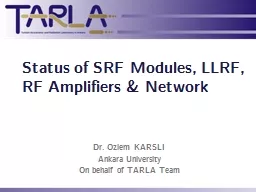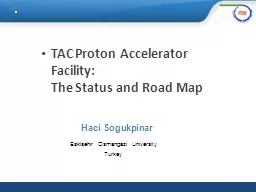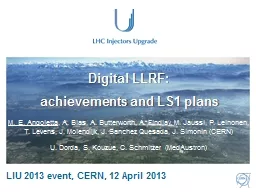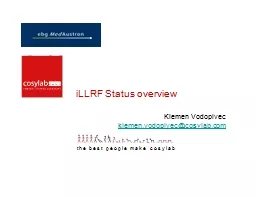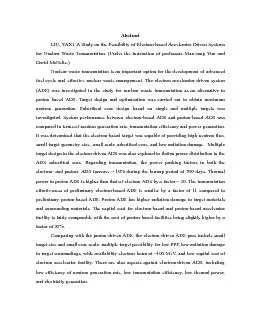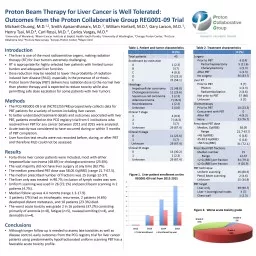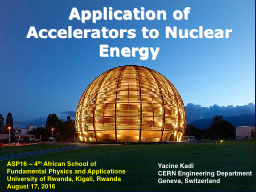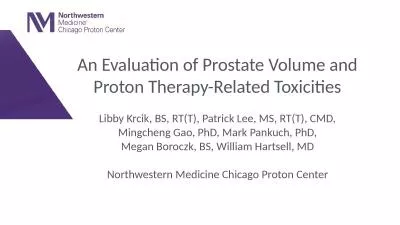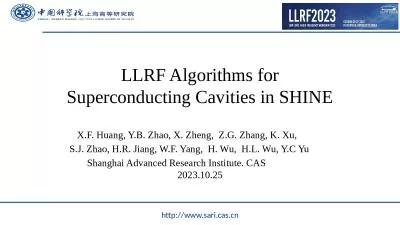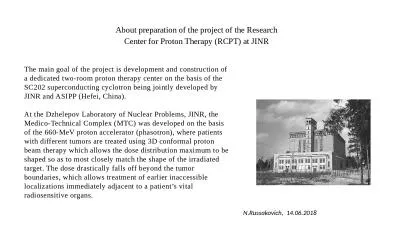PPT-Digital LLRF system: Concepts and requirements for proton therapy based on linear accelerator
Author : evelyn | Published Date : 2024-03-13
WWWITECHSI ICMAPT Seville September 2019 Borut Baričević Brief cancer therapy introduction Linear accelerators advantages Basic LLRF system principles LLRF implementation
Presentation Embed Code
Download Presentation
Download Presentation The PPT/PDF document "Digital LLRF system: Concepts and requ..." is the property of its rightful owner. Permission is granted to download and print the materials on this website for personal, non-commercial use only, and to display it on your personal computer provided you do not modify the materials and that you retain all copyright notices contained in the materials. By downloading content from our website, you accept the terms of this agreement.
Digital LLRF system: Concepts and requirements for proton therapy based on linear accelerator: Transcript
Download Rules Of Document
"Digital LLRF system: Concepts and requirements for proton therapy based on linear accelerator"The content belongs to its owner. You may download and print it for personal use, without modification, and keep all copyright notices. By downloading, you agree to these terms.
Related Documents

